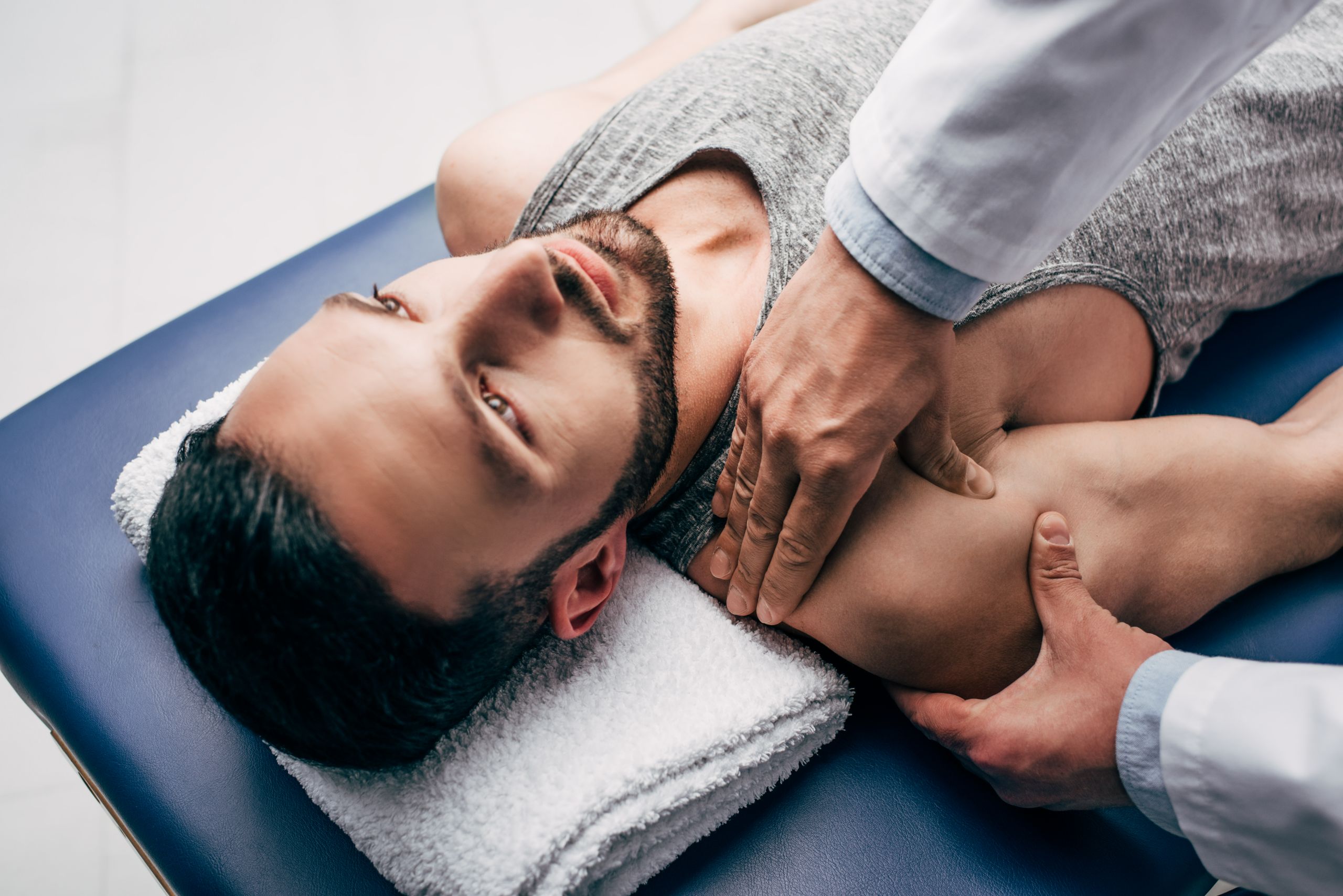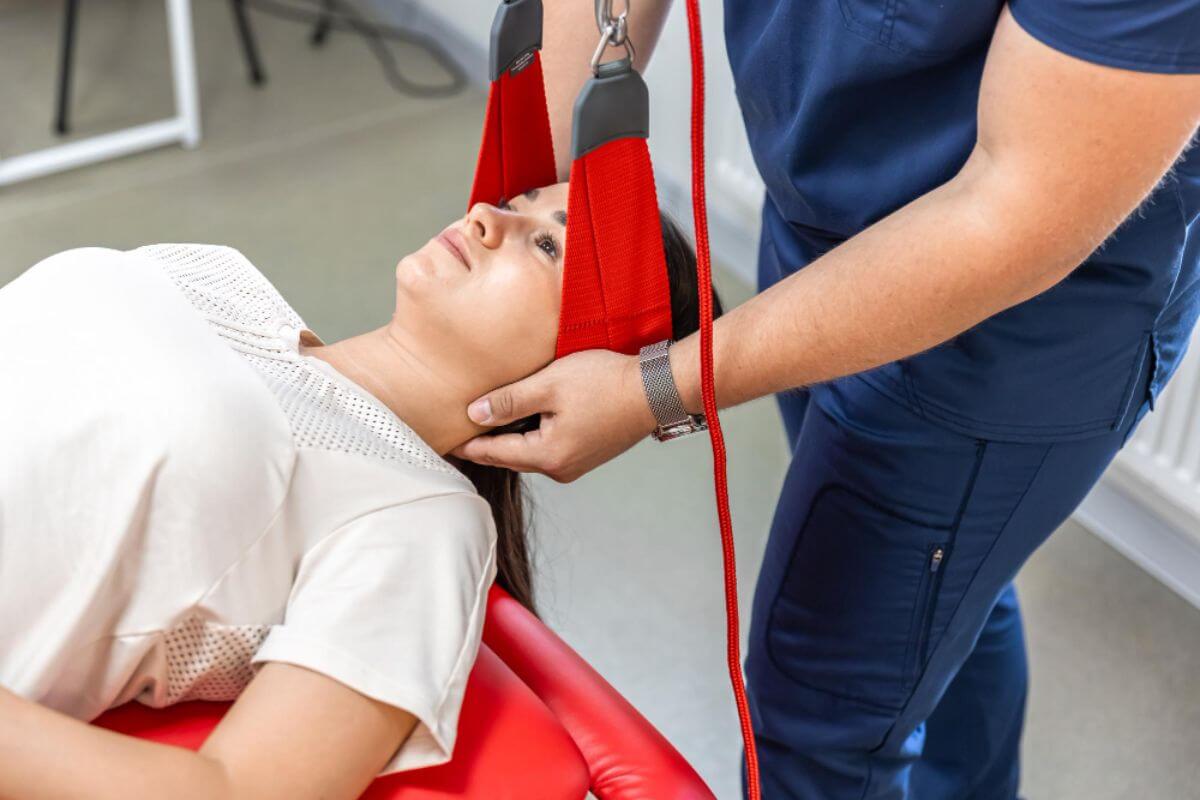
Chiropractor’s Guide: Sleeping Tips For People With Lower Back Pain
What are the sleeping tips for when you have lower back pain?
- Use a pillow between your knees
- Sleep in the fetal position
- Place a pillow under your abdomen
- Keep a pillow under your knees
- Sleep on your back in a reclined position
Use a pillow between your knees
Lying flat on your back can be uncomfortable with lower back pain. Try shifting to your side. Then, have your shoulder and the side of your body make contact with your mattress. Afterward, place a pillow between your knees. If there is a noticeable gap between your waist and your mattress, you can also place a pillow there to provide support for your spine. This position can help keep your body in better alignment and alleviate pain. For this position, we recommend switching sides every night to avoid muscle soreness or imbalance.Sleep in the fetal position
 If your lower back pain is caused by a herniated disc, then this tip may work best for you. Try sleeping on your side, and gently tuck your knees towards your chest and curl your torso downwards. This places you in a fetal position and should open up the space between the vertebrae in your spine as well as reduce strain on your affected nerves and muscles.
Remember to switch sides from time to time to avoid straining your body and muscles.
If your lower back pain is caused by a herniated disc, then this tip may work best for you. Try sleeping on your side, and gently tuck your knees towards your chest and curl your torso downwards. This places you in a fetal position and should open up the space between the vertebrae in your spine as well as reduce strain on your affected nerves and muscles.
Remember to switch sides from time to time to avoid straining your body and muscles.
Place a pillow under your abdomen
Sleeping on your stomach is usually bad for the neck, but it may help with your lower back pain. To avoid straining your neck and make this position more comfortable, you should place a pillow under your abdomen. You can also try experimenting with or without a pillow under your head. This position is usually helpful for those with degenerative disc disease as it reduces the stress placed on your back.Keep a pillow under your knees
If you feel more comfortable sleeping on your back rather than on your front or your side, you don’t have to force yourself to follow the previous tips. Instead, lay flat on your back, and place a pillow underneath your knees. This keeps your upper spine neutral while creating a small curve in your lower back. It also evenly distributes your weight across the widest part of your body. Both conditions can help relieve back pain and achieve better alignment of your spine.Sleep on your back in a reclined position
 If your lower back pain is caused by a condition called isthmic spondylolisthesis, then you may have tried sleeping in a recliner. While it might work now, this is not ideal for your back pain in the long run.
Instead, consider using an adjustable bed so that you can continue sleeping in a reclined position. Unlike an armchair, this bed should give ample alignment and support for your back, preventing additional pressure on your spine.
If your lower back pain is caused by a condition called isthmic spondylolisthesis, then you may have tried sleeping in a recliner. While it might work now, this is not ideal for your back pain in the long run.
Instead, consider using an adjustable bed so that you can continue sleeping in a reclined position. Unlike an armchair, this bed should give ample alignment and support for your back, preventing additional pressure on your spine.






